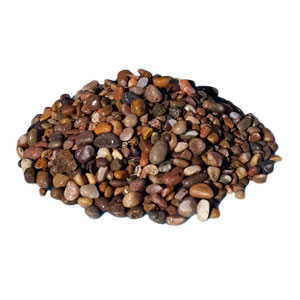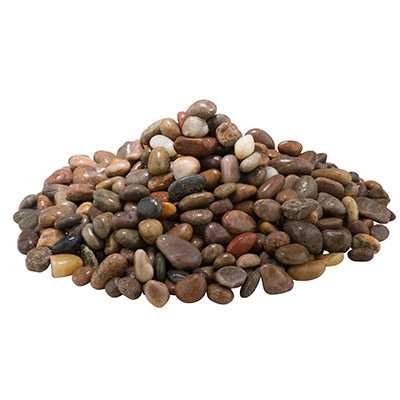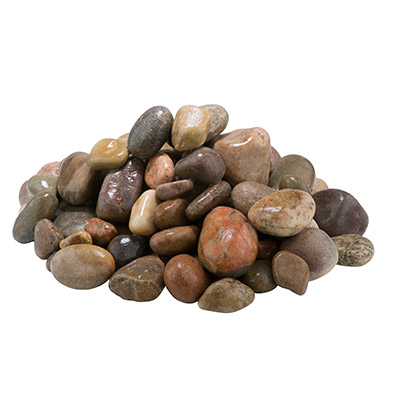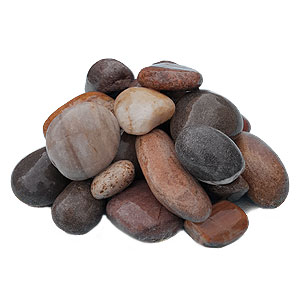A water feature can be an incredible addition to any garden - no matter the size and style of your outdoor space. And they have a huge number of benefits too: not only can they add a sense of calm (both visually and aurally), but they can also make a smaller garden look bigger, and can help to attract wildlife to your property.
When it comes to size and style, everyone will have their own preference when deciding on a water feature for their garden. Whatever your choice, it's vital to get both function and aesthetics right, so that you have a water feature that both does what you want it to do, and looks the part, too.
Scottish pebbles - whether large pebbles or smaller versions - can have a role to play in a whole host of different water feature types. If you're looking to incorporate pebbles into your pond, fountain or other water feature, here are our top tips to make the most of them.
Why are Scottish pebbles so great in water features?
The answer to this question is simple. While Scottish pebbles have fairly muted colours when dry, they come to life when wet. Water glistens on the stones and reveals their true colours, creating an attractive look for everything from streams to ponds to individual water features.
However, using Scottish pebbles isn't just about aesthetics - they have a whole host of functional uses as well.
They're great for fish ponds

Build a pebble fountain
If you are limited in space but still want to add a water feature to your garden, a pebble fountain can be a great solution. They're simple and affordable to build: all you need is to create an artfully stacked pile of a mixture of both bigger and smaller stones, which hide a water reservoir and pump below. The water trickles up and over the stones for a soothing addition to your space.
Alternatively, use a millstone (a stone with a hole through the middle) as the main part of your water feature, and Scottish pebbles below to conceal the pump that feeds through the millstone.
Create an illusion
A popular choice for water features in recent years is to use vintage troughs or other watertight containers as the foundation. However, these can often be dark in colour, and you may find that, over time, the water within just looks murky and dark.
To prevent this from happening, a layer of Scottish pebbles at the bottom can help to brighten the water - as well as covering up any membrane or pumps and other equipment that need to be inside.
Keep things clean
You may worry that using Scottish pebbles in your water feature could make it more difficult to keep clean. In fact, the opposite is true! These pebbles will help to trap any sediment at the bottom of your water feature, keeping it from floating to the surface. But not only that: when used in ponds, streams and other filled water features, they can actually provide a great place for good bacteria to grow. These bacteria help to break down the dirt in your water, which will keep it fresher and cleaner for longer.
A great choice for all sorts of water features
From protecting and helping wildlife to keeping things clean to looking great, Scottish pebbles are great for use in water features in all sorts of ways. To find the right Scottish pebbles for your garden needs, press the button below.











